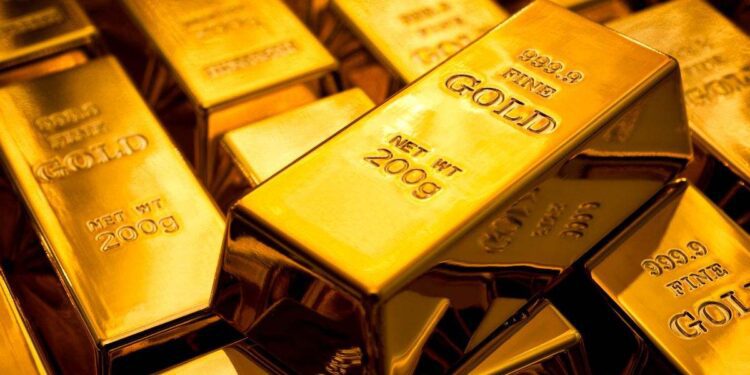The strong increase in gold prices highlights a strong demand due to various factors, including geopolitical tensions. In fact, official gold demand – from central banks and institutions such as sovereign wealth funds – has surged since Western sanctions on Russian currency reserves at the beginning of 2022. It suggests a new balance of demand well above 500 tons annually. Just the central bank of China alone, about 300 tons already in March 2022 doubling that of the next largest central bank. However, central bank demand, which is part of official demand, has recently declined.
As for gold demand for jewelry, despite high prices, it seems resilient, probably driven by end-of-year seasonal effects in the West and Lunar New Year in China – even by pent-up demand following the lifting of COVID restrictions at the end of 2022. However, demand for jewelry may be affected by the high prices of this precious metal.
In any case, the price of gold depends mainly on its demand as an investment. In this sense, the opportunity cost is key, as it does not generate income. This cost has increased significantly with the real interest of U.S. Treasury bonds. ETF exchange-traded funds are marginal buyers and sellers, and their fluctuations along with those of the futures markets – equally volatile – have their effects. However, investment demand has shown resilience despite strong outflows, with the increase in the real ten-year yield of U.S. debt from investments in gold ETFs.
On the other hand, demand for derivatives has remained strong since October 2023, mainly due to geopolitical tensions. It has continued to increase, probably because futures markets were expecting interest rate cuts by the Federal Reserve. Such expectations have faded since mid-March, but demand for derivatives in the gold futures market in China has increased, reaching four-year highs in trading volume in Shanghai in April. As for demand for bars and coins, it may remain strong in developing economies. The gold premium in India and China, that is, the difference between the price of gold in dollars on the exchanges of India and China compared to London, an indicator of the strength of local demand for physical gold, has improved in recent weeks. The strength of the Indian economy may have driven this demand among local investors, and in China concerns about the value of the renminbi and low returns on national assets, including real estate. Nevertheless, demand for physical gold in China may not increase much even if its economy regains some momentum. However, there has been strong demand for physical gold in Turkey in recent quarters, probably due to its high inflation.
The fact is that the price of gold shows a great deviation from its 200-day moving average and we estimate that its support is around $2,100 to $2,200 per troy ounce.
Overall, gold is an attractive long-term asset. Official demand is likely to remain strong in the coming years, given that Western sanctions on Russian currency reserves promote central banks to increase these allocations – although it is unlikely that such demand will exceed 2022 levels. This is added to the possibility of the start of the monetary easing cycle by the Federal Reserve – lowering interest rates – maintaining inflation above target – making fixed income less attractive – or increasing fiscal concerns due to deficits in the U.S. – which may increase the cost of its debt – as well as concerns about Chinese assets and greater structural geopolitical uncertainties. All of this could boost ETF gold demand and overall investment demand. Although there may be variations, our one-year forecast is that it will be at $2,350 per troy ounce.


